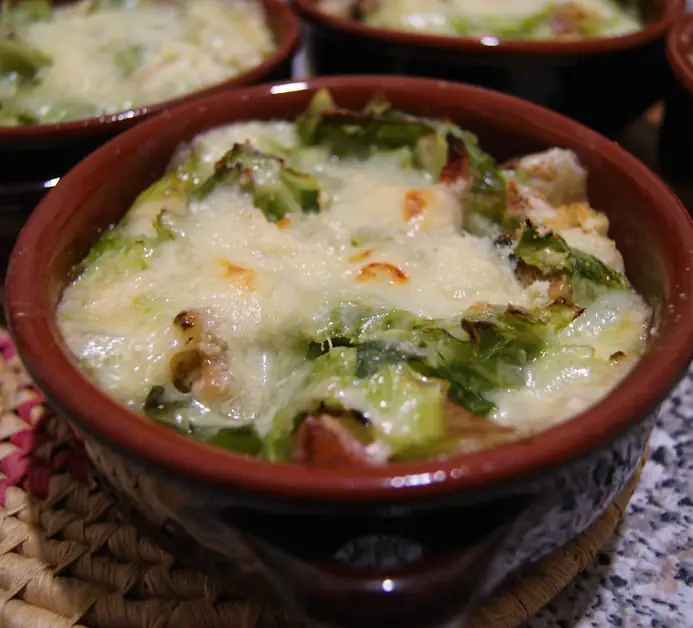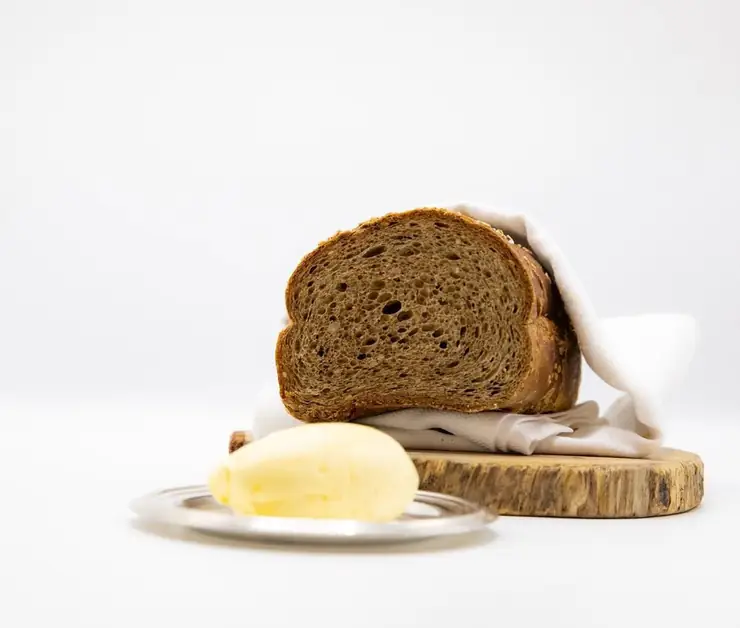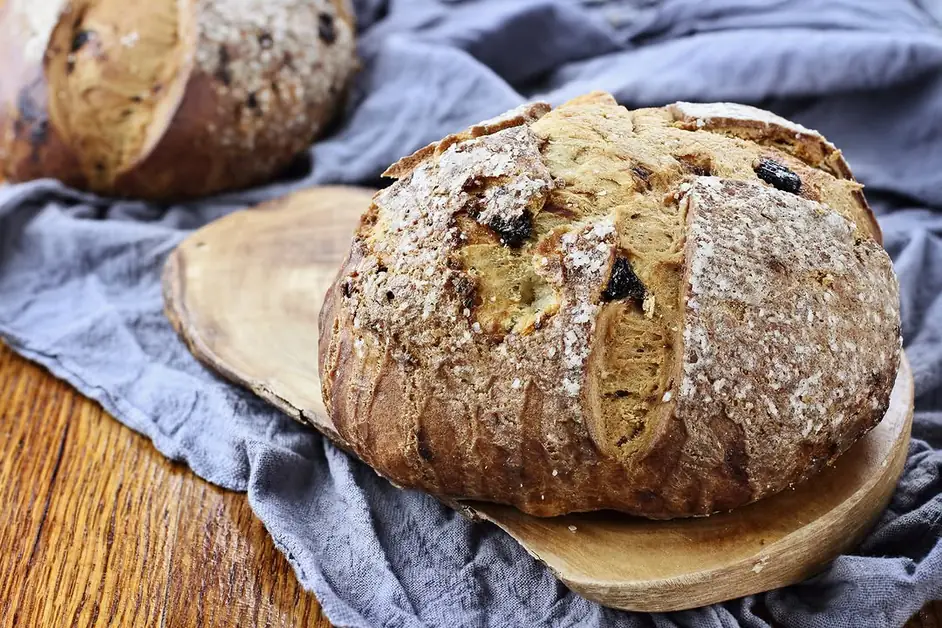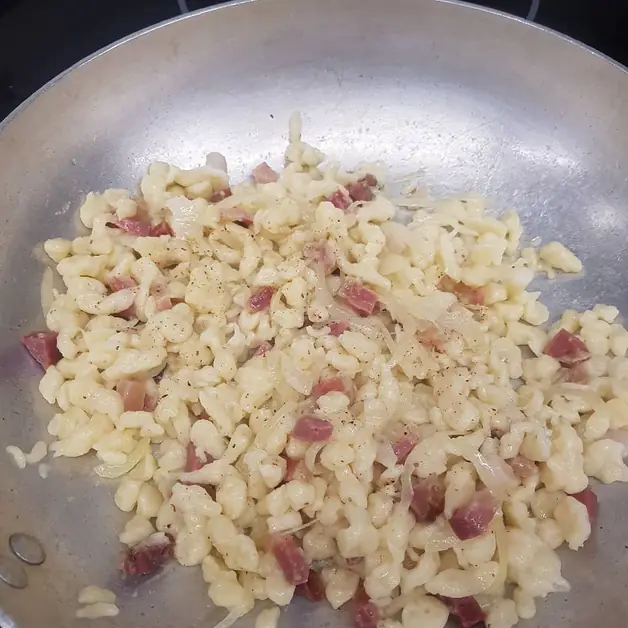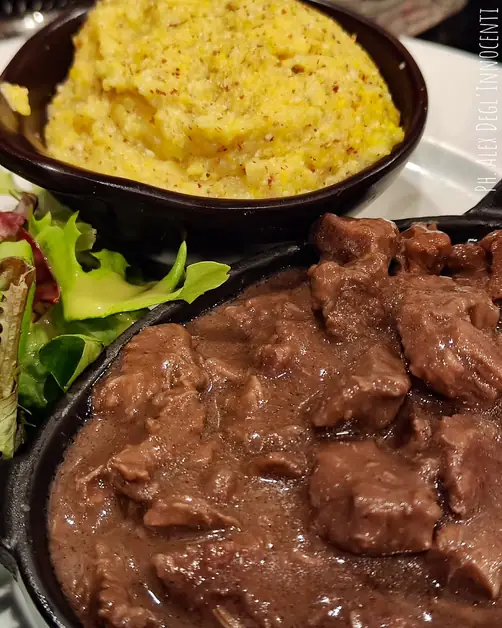The torcetti from Saint-Vincent you must try
The torcetti from Saint-Vincent are typical cookies from the Aosta Valley, sweet and buttery, perfect for any occasion.

What are the torcetti from Saint-Vincent?
The torcetti from Saint-Vincent are delicious cookies typical of the Aosta Valley, recognized as a Traditional Agri-food Product (P.A.T.) of Italy. They appear as small drop-shaped treats, made with a dough similar to bread but enriched with butter and sugar. During baking, their surface caramelizes, forming a crunchy and fragrant crust. These cookies represent one of the symbols of Valdostan pastry and are beloved by tourists and locals for their simplicity and goodness.
What are the origins of the torcetti from Saint-Vincent?
The origins of the torcetti are shrouded in mystery. In the Aosta Valley, it is said that the torcetti from Saint-Vincent were particularly loved by Queen Margherita of Savoy, who was fond of them during her stays in the region. However, there are other theories linking the birth of these cookies to the Piedmont valleys. Some claim they originated in Lanzo Torinese, also the homeland of the famous grissini, from which they would have inherited their elongated shape. Others trace them back to Biella, where the “torcetti del Piazzo” existed, very similar to those from Val d'Aosta. In any case, their spread throughout the Alpine arc testifies to a common tradition: that of simple and genuine sweets prepared with the ingredients of peasant life.
How are the torcetti from Saint-Vincent made?
The torcetti are made with a basic dough of flour, water, yeast, and salt, to which soft butter is added to make them crumbly and granulated sugar to give them sweetness. After shaping, the cookies are rolled in sugar and baked until golden brown, thus obtaining the typical caramelized crust. Their drop shape, obtained by folding a cord of dough, makes them easily recognizable.
What ingredients are needed to prepare the torcetti from Val d'Aosta?
Here is the traditional recipe for about 25 torcetti: 250 g of flour 00, 60 ml of warm water, 10 g of brewer's yeast, 50 g of soft butter, a pinch of salt, granulated sugar to taste for coating.
How do you prepare the torcetti from Val d'Aosta step by step?
1. Dissolve the yeast in a bowl with warm water. 2. Add the flour and salt, then knead until you obtain a smooth and homogeneous consistency. You can do this by hand or with a stand mixer. 3. Cover the dough with plastic wrap and let it rise in a warm place for about an hour. 4. Take the dough back and incorporate the soft butter, working it well until it is completely absorbed. 5. Let it rise again for 30 minutes. 6. Deflate the dough on the work surface and take small portions of 15 grams each. 7. Form thin sticks of about 10 cm and roll them in granulated sugar. 8. Fold each stick by joining the ends to create the characteristic drop or incomplete circle shape. 9. Place the torcetti on a baking tray lined with parchment paper, well spaced apart. 10. Bake in a preheated static oven at 200°C for 15 minutes, until they are golden and caramelized on the surface. 11. Remove from the oven and let them cool: during cooling, they will become crunchy and crumbly.
What is the secret to perfect torcetti?
The secret lies in the right balance between butter and sugar and precise baking. The butter must be soft but not melted, to give the right consistency to the dough, while the oven temperature must be high enough to allow the sugar to caramelize without burning the cookies. The rising time is also crucial to achieve a light and fragrant consistency.
What do the torcetti from Saint-Vincent taste like?
The torcetti have a sweet and buttery flavor, with caramel notes that recall butter cookies but with a drier and crunchier consistency. The contrast between the crunchy outer part and the slightly crumbly heart makes them irresistible. They are perfect to enjoy at any time of the day, from breakfast to snack.
How are the torcetti from Val d'Aosta served?
The torcetti are enjoyed plain, but they pair wonderfully with: Coffee or cappuccino at breakfast; Hot tea during winter afternoons; Sweet wines or aromatic sparkling wines like Moscato or Asti, for an elegant dessert; Cream ice cream or zabaglione for an original dessert. They are also perfect as a gastronomic gift, packaged in paper bags or tin boxes.
What is the difference between the torcetti from Val d'Aosta and those from Piedmont?
Although similar in shape and ingredients, the torcetti from Val d'Aosta are distinguished by some characteristics: They use more butter than those from Piedmont, resulting in a crumblier texture. They have a longer rising time, which gives them a softer consistency. They are often prepared in traditional wood-fired ovens, which give them a special aroma. The Saint-Vincent variant is considered one of the most prized, thanks to the quality of mountain butter and the craftsmanship of the preparations.
How long do the torcetti last once prepared?
The torcetti keep perfectly for a week in a tin box or airtight container, away from moisture. As the days go by, they become slightly crunchier, but their flavor remains intact.
What is the cultural value of the torcetti for the Aosta Valley?
The torcetti represent an important part of Valdostan gastronomic identity. They are a symbol of the simplicity and genuineness of mountain cuisine, born to enhance local ingredients like butter and flour. Moreover, their drop shape recalls the concept of unity and conviviality, just like the sweets that were once prepared at home and shared among neighbors.
When are the torcetti prepared in the Aosta Valley?
Traditionally, torcetti are prepared during winter or festive periods, but today they are available year-round in the pastry shops and bakeries of Saint-Vincent and surrounding areas. During local festivals and fairs, they are often offered as a symbol of Valdostan hospitality.
Why do tourists love the torcetti from Saint-Vincent?
Because they encapsulate in a simple cookie all the sweetness and authenticity of the Aosta Valley. Crunchy, fragrant, and golden, the torcetti are the perfect companion for a moment of relaxation after a day spent in the mountains. Additionally, buying a bag of artisanal torcetti is a tasty way to take home a small piece of Valdostan tradition.
